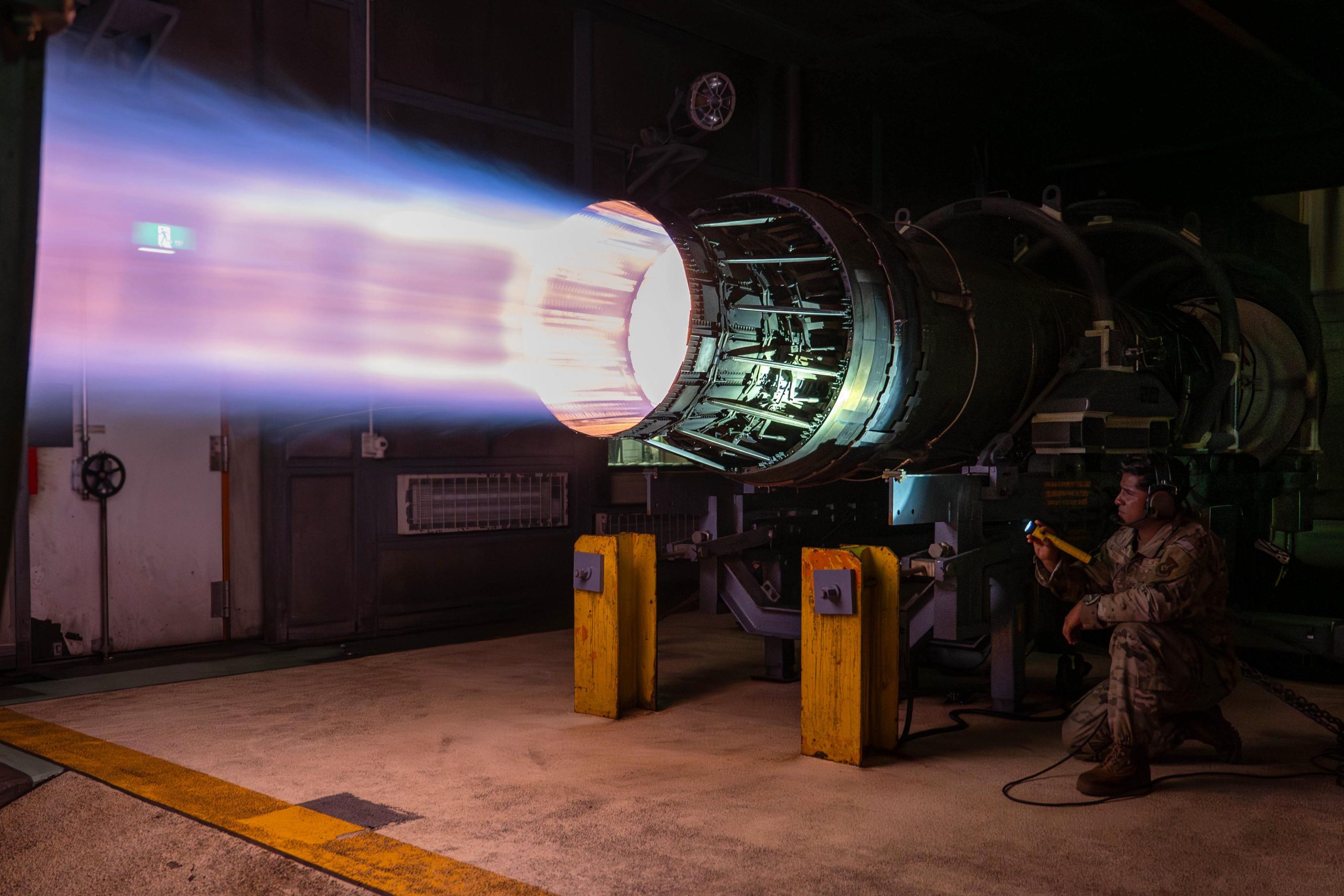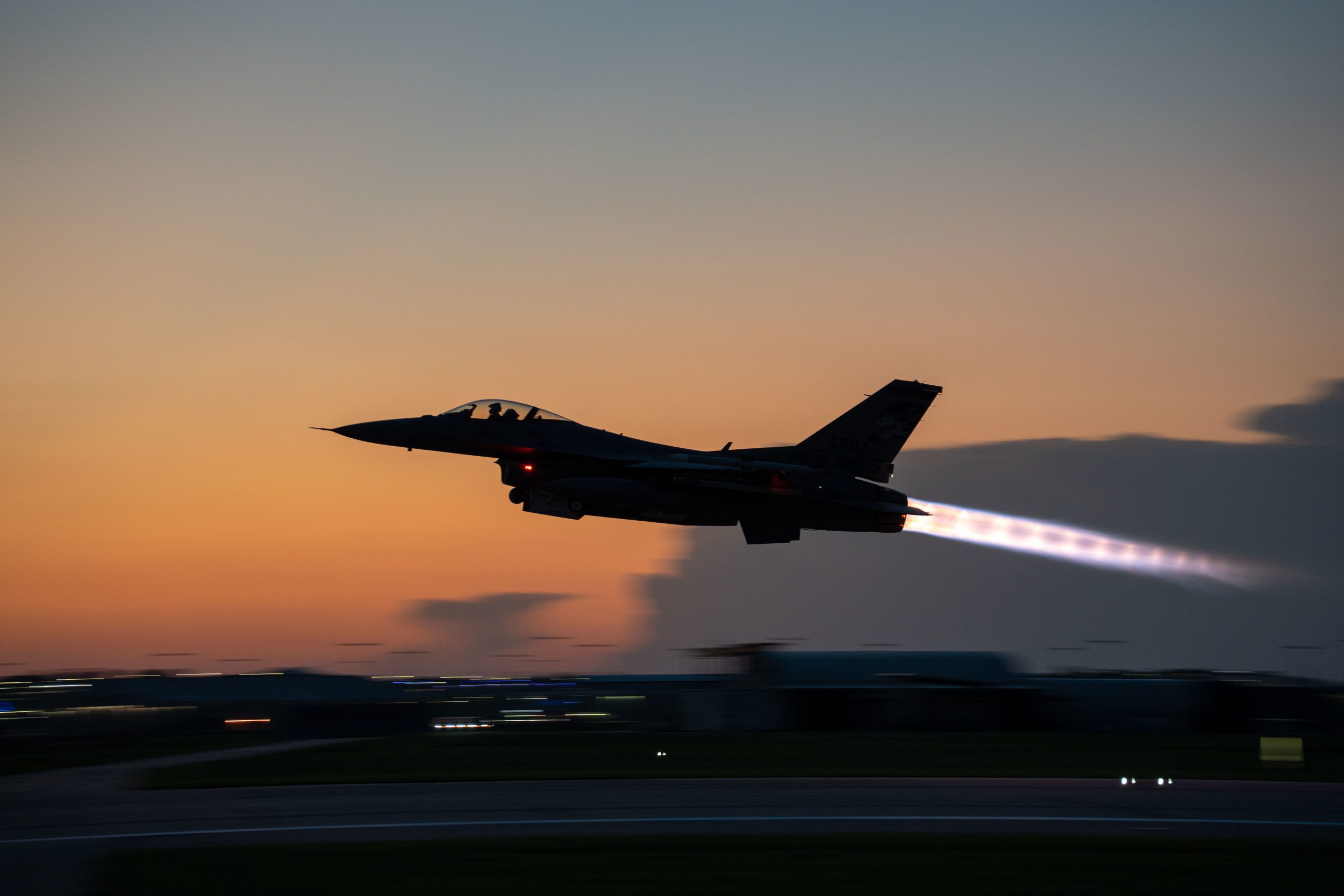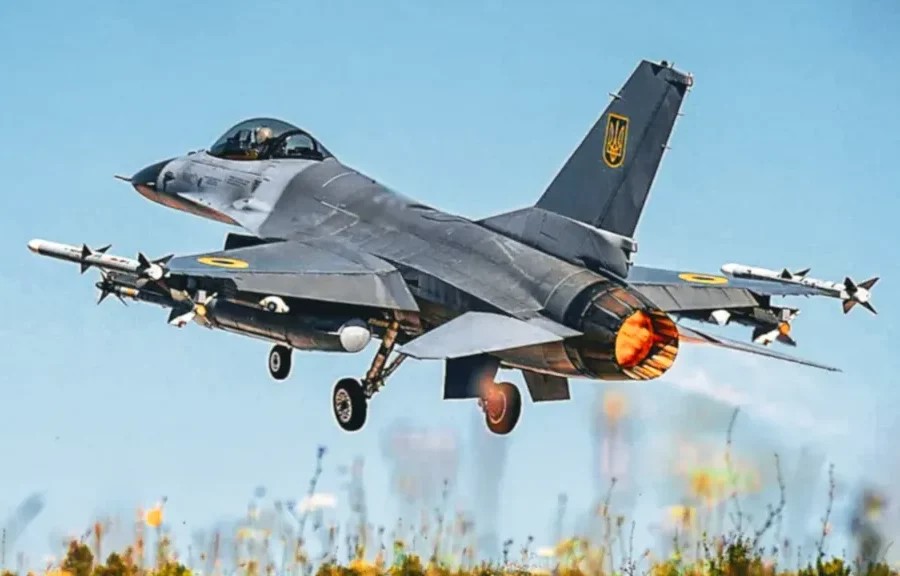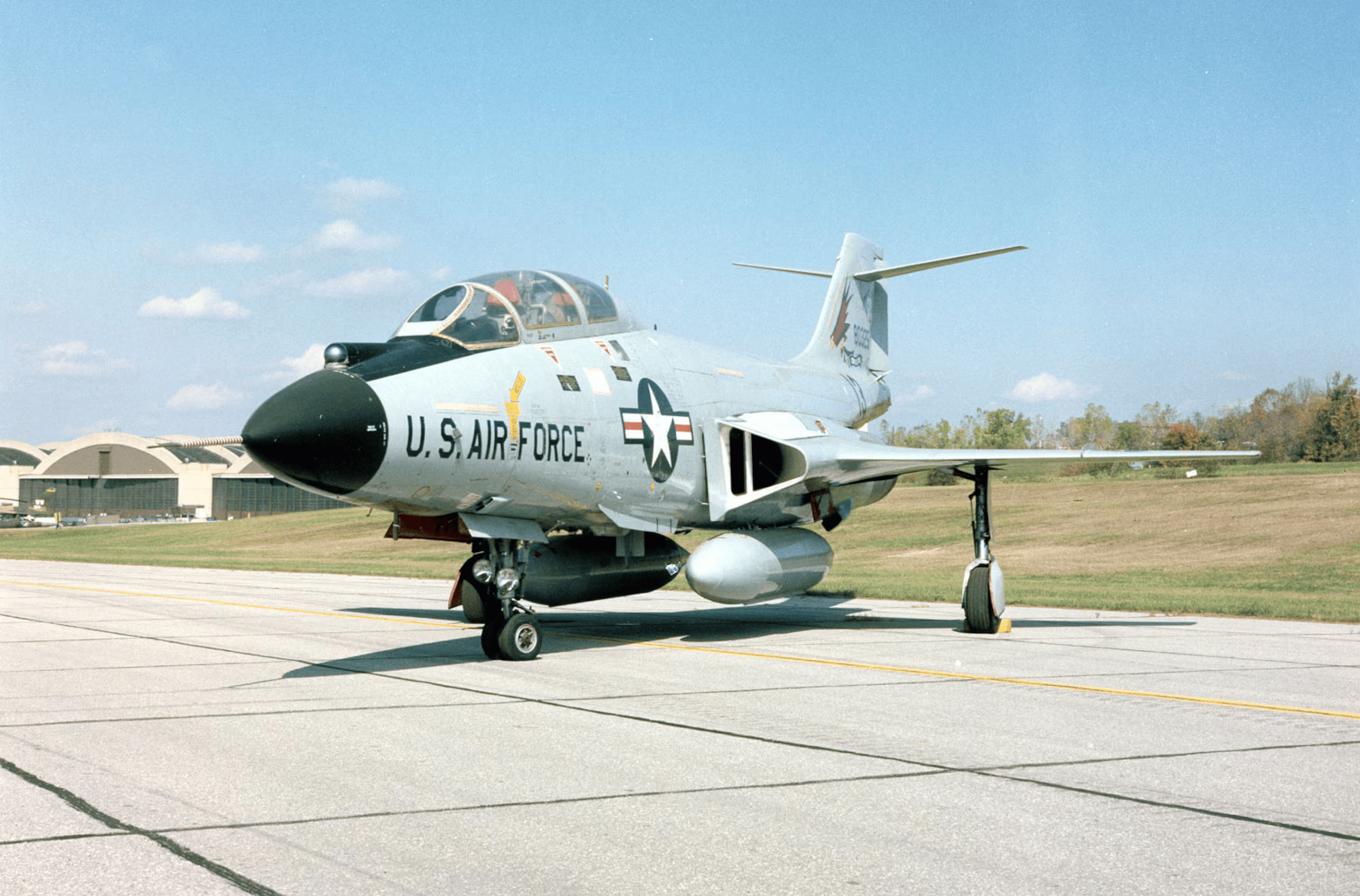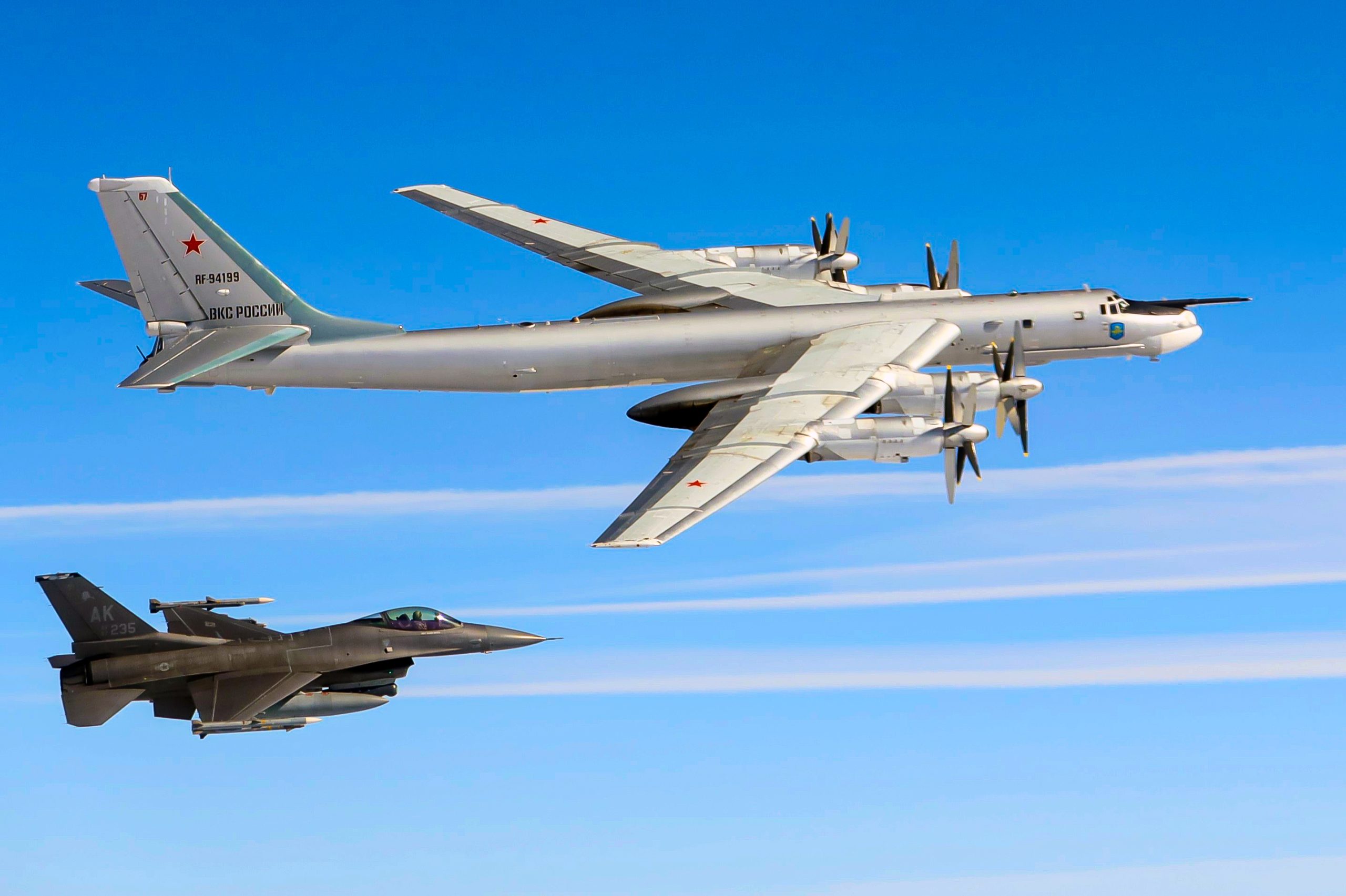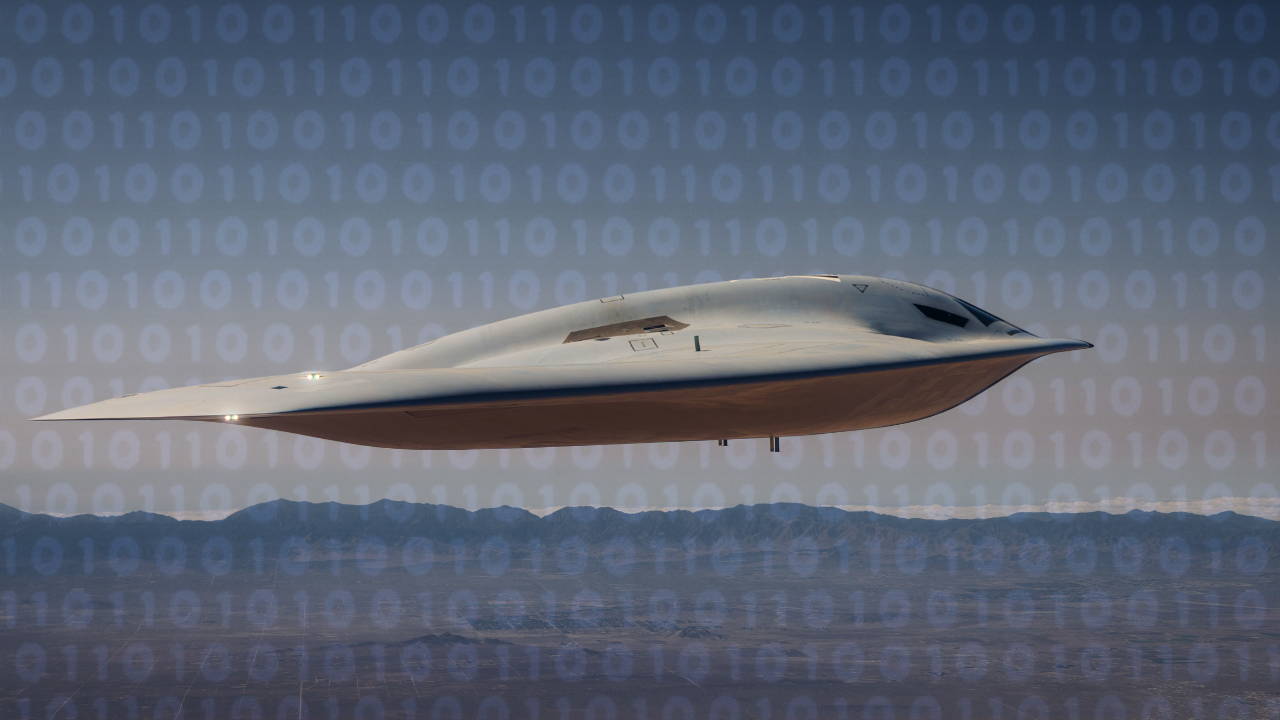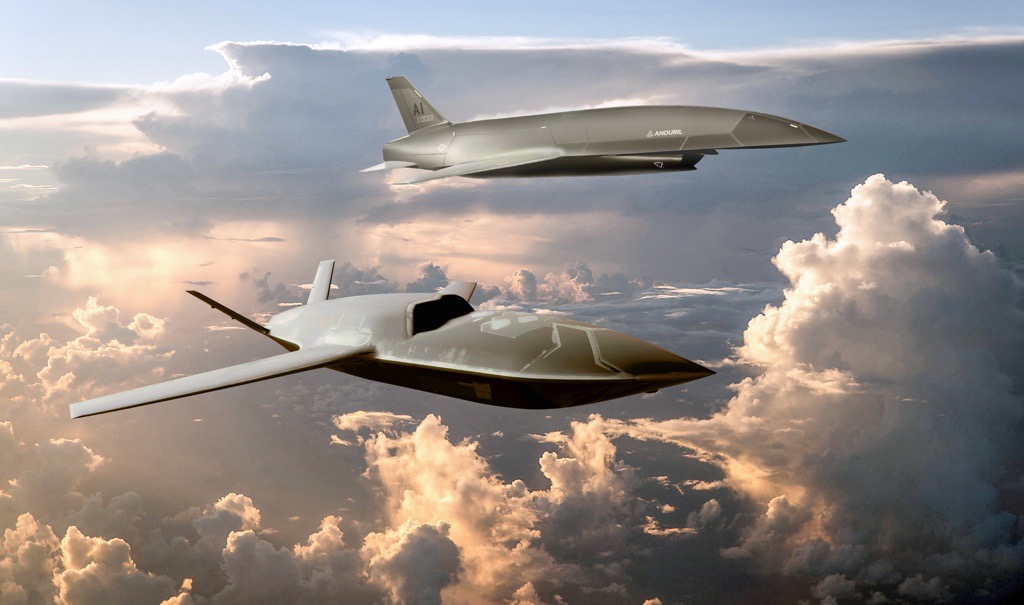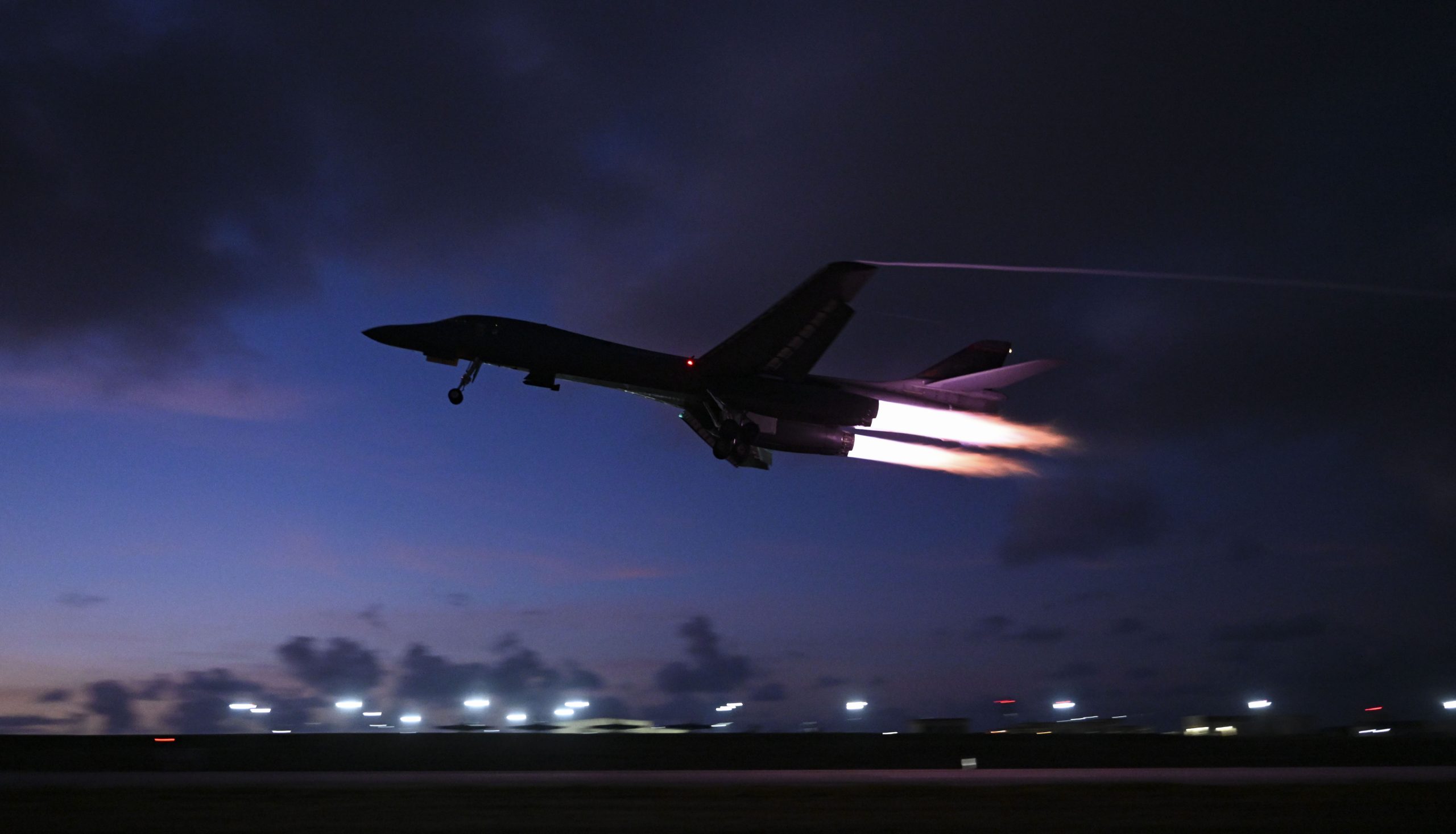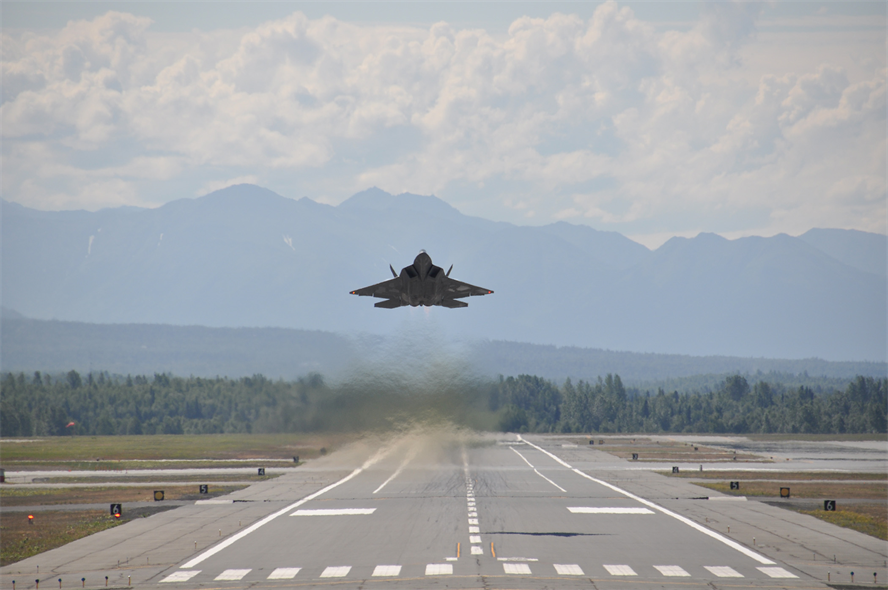Now that space is a warfighting domain, the Space Force and Space Command must pursue capabilities and operational concepts that increase resilience and effectiveness.

Most of the Air Force’s aircraft are flying with engines designed during the Cold War. That’s why the service is pursuing a new generation of engines. We talk with Lt. Gen. Steve Shepro, USAF (Ret.) of Pratt and Whitney to learn more.
The Air Force is facing a readiness crisis, one that threatens our airmen’s ability to prevail in a peer conflict. That’s why live, virtual, constructive (LVC) training paired with advanced simulation is key to warfighter readiness and lethality. Heather “Lucky” Penney digs into this topic with CAE’s Nick “Master” Yates and Matt Martin.
Marine veteran Andrew Bain spent the past 30 years living and working in Ukraine. He and Adm. Ihor Voronchenko (Ret), former commander of the Ukrainian Navy, join hosts Heather "Lucky" Penney and Lt. Gen. David Deptula, USAF (Ret.) for an inside look at technical and tactical innovation in the fight for survival against Russian aggression.
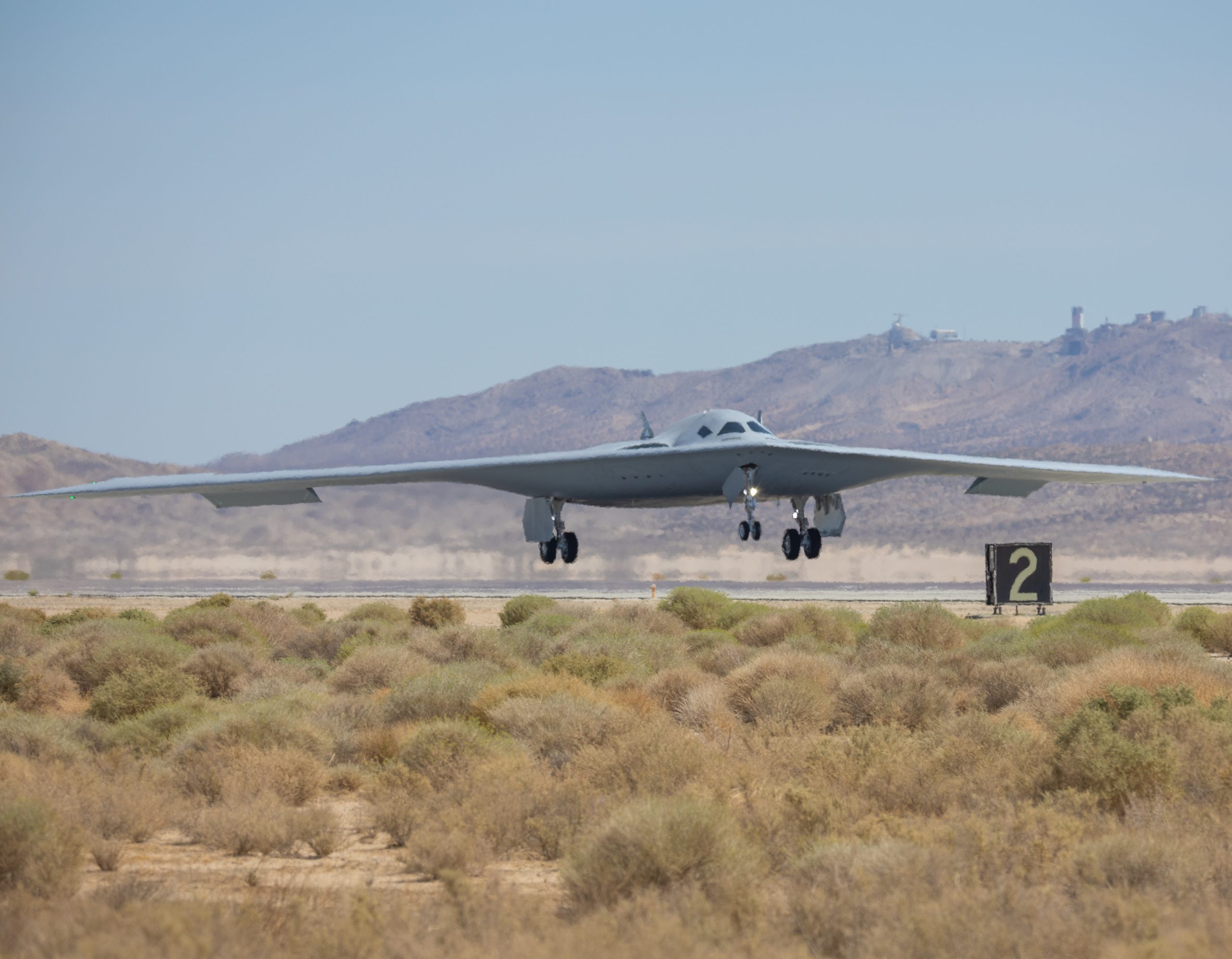
Ep. 261 - The Rendezvous
R&D vs Procurement Dollars, Chinese Gains in Space, and Small UAS Defense: The Rendezvous
In this episode, our team explores the top defense issues this month in Washington, D.C. and beyond. Where do the defense bills stand as well as the shutdown? We also discuss the latest developments in Ukraine, plus the latest and greatest with spacepower. Plus, we explore organizational happenings, like the decision to role the ICC function into A5/7, not pursue Space Force Futures, and downgrading USAFE to a 3-star billet. We wrap up by highlighting the new small UAS test efforts at Grand Forks AFB and jump into the renewed debate on whether too much is being spent on Air Force R&D vs procurement and readiness.
China, Russia, and other adversaries can strike the U.S. through a range of air and missile technologies. In this episode, we discuss solutions with former NORTHCOM-NORAD commander Gen. Glen VanHerck, USAF (Ret.) and former USAFE commander Gen. Jeff “Cobra” Harrigian, USAF (Ret.); along with Mitchell Institute senior fellows Brig. Gen. Houston Cantwell, USAF (Ret); Charles Galbreath; and host Heather Penney.
When the USSR gained atomic weapons early in the Cold War, the idea that the Soviets could strike American targets demanded a response. Robust air defense investments followed. With current adversary threats driving a renewed air and missile defense response via Golden Dome, it’s important to consider what past eras can teach us. Lessons learned are tremendously important.
Adversaries possess the means to strike the U.S. through a range of air and missile technologies. Their increasingly aggressive behavior demands a threat assessment, plus corresponding defenses. We explore this critical issue with former NORTHCOM-NORAD commander Gen. Glen VanHerck, USAF (Ret) and former STRATCOM commander Gen. Kevin Chilton, USAF (Ret).

Ep. 257 - The Rendezvous
Government Shutdown and Defense, USSF Force Design, and a new CSAF: The Rendezvous
In this episode, our team explores the top defense issues this month in Washington, D.C. and beyond. What does a government closure mean for defense and where do the defense bills stand in Congress? What are the challenges and opportunities facing a new CSAF? We also explore the USSF’s new Force Design, plus what it will take to better track threats in space, Space Development Agency’s Tranche 1 satellites on orbit, and recent space-based laser communication advancements. Lastly, what’s up with the Department of War’s increased focus on homeland defense?
We discuss key concepts regarding space domain awareness, offensive and defensive counterspace operations, and what it will take to secure space superiority. This is fundamentally tied to the Space Force’s latest document: Space Warfighting: A Framework for Planners.
We explore national security artificial intelligence applications and considerations with Primer, a leading AI company. How AI can help improve U.S. defense capabilities? What about vulnerabilities and challenges? What market conditions are required to transition this technology to reality?
Heather “Lucky” Penney digs into AI and Collaborative Combat Aircraft, with Mike “Pako” Benitez of Shield AI and Ray “Krypto” O’Mara of the Mitchell Institute.
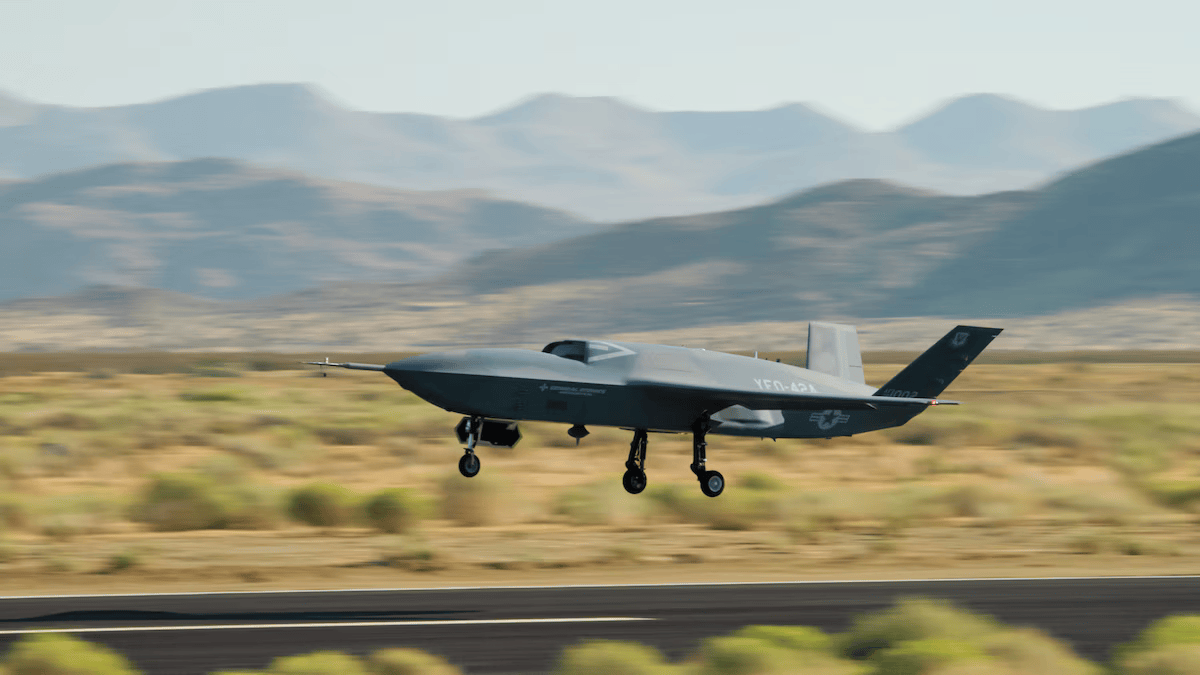
Ep. 253 - The Rendezvous
A New CSAF, CCA Airborne, and Starship Success
Our team talks about about what a new Chief of Staff of the Air Force will mean for the service and the broader defense environment, the CCA’s first flight, plus ACC’s focus on readiness.
America’s ability to secure its interests demands a robust Air Force. The current security environment will tolerate nothing less. The service has traditionally measured its prowess via capacity, capabilities, and its readiness. The Air Force currently lags in each of these three areas. Lt Gen Dave Deptula, USAF (Ret), JV Venable, and Robert “Otis” Winkler discuss these challenges and outline what needs to be done to reset the Air Force. JV just completed a major report on this topic and the conversation centers around his discuss the top findings.
This week we’re talking about what it’ll take to project airpower into the heart of the fight in a conflict with China. The American way of war, especially airpower, requires a lot of connectivity. That’s why China has focused a tremendous amount of energy to degrade and deny this communication. That has huge implications for our forces. It’s exactly what Mike Dahm investigated in his latest report—Disconnected by Design—Fifth and Sixth Generation Aircraft in Disaggregated Collaborative Air Operations. The concept relies upon a force of fifth and sixth-generation aircraft, plus CCA, that can penetrate adversary air defenses, sensing, coordinating, and executing individual actions at the tactical edge of the battlespace.


